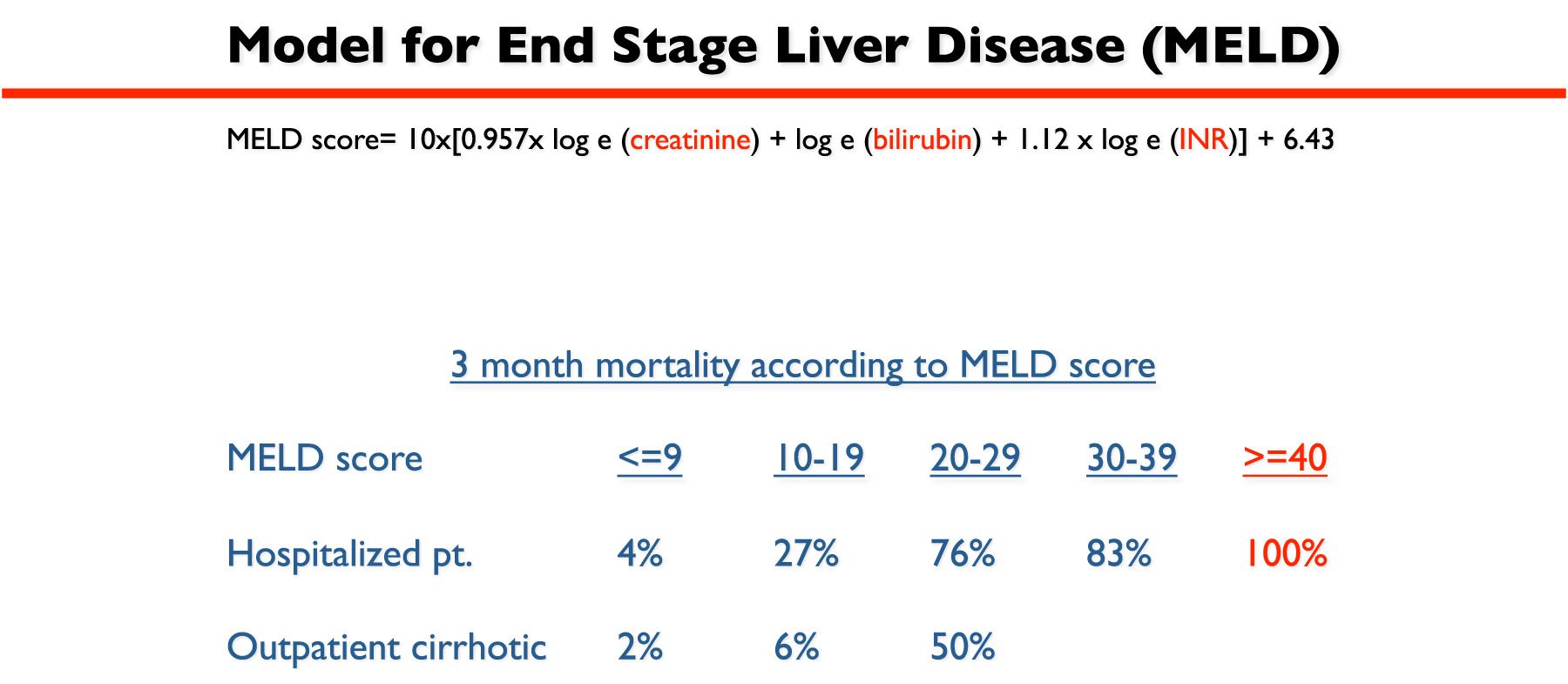
5 A relevant, recent example may be sarcopenia and frailty, which have been consistently associated with poor prognosis in patients with many chronic illnesses including end-stage liver disease. Thus, while the Child-Turcotte-Pugh (CTP) score has proven to be a highly useful clinical tool to assess severity of hepatic decompensation, the advantage of MELD is that the data elements are verifiable and auditable for policy implementation. An important historical perspective is that a large part of the acceptance of MELD was the lack of variables that could be subjectively interpreted. A common approach is to incorporate additional variables. 4Įven before these observations were reported, many attempts have been made to improve MELD. In addition, there has been a growing concern that women are disadvantaged in the current system for a number of reasons, including serum creatinine overestimating renal function in women and thus underestimating their risk of mortality. 3 There may be a number of potential reasons for the concern, ranging from changes in liver disease epidemiology and development of therapies that alter disease prognosis to changes in the distribution of MELD scores and increasing age and comorbidity in patients awaiting transplant. More recently, questions have been raised whether the accuracy of prediction of mortality by MELD may have decreased. MELDNa has been utilized to determine priorities for allocation of livers for transplant in the US since 2016. 1 The current version of the MELD score, commonly referred to as MELDNa, incorporates serum concentrations of total bilirubin, creatinine and sodium, and the international normalized ratio (INR) of prothrombin time.

Since its original description, the Model for End-Stage Liver Disease (MELD) has proven to be a reliable predictor of short-term survival in patients with end-stage liver disease.


 0 kommentar(er)
0 kommentar(er)
